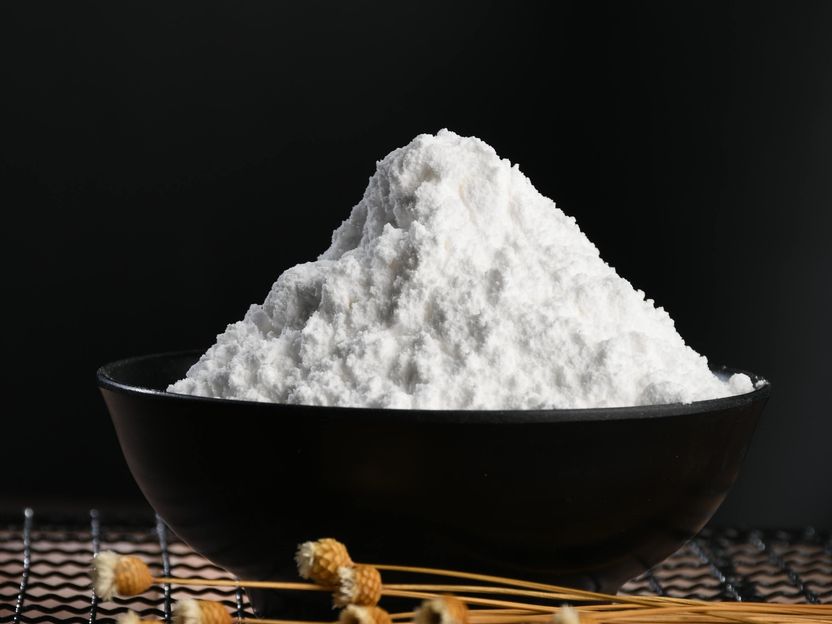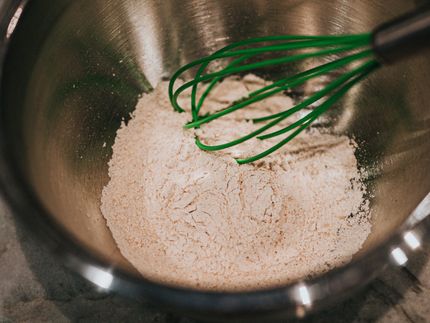3 emerging trends in gluten-free food and drink
In recent years, health-conscious consumers are showing increased interest in gluten-free products as a part of a broader healthy eating regime, in the form of grain-free/low-carb diets like paleo and keto. This continues to move the market opportunity beyond just those consumers with coeliac disease or a gluten intolerance.

Photo by Pesce Huang on Unsplash
With the rise in demand for gluten-free food and drinks, manufacturers are exploring various gluten alternatives, including flour derived from nuts, seeds, beans, fruits and vegetables.
In addition to innovating new gluten-free alternatives, food scientists are also focusing on improving the nutritional and sensory attributes of gluten-free products and recent patent activity confirms this.
Explore new sources of gluten-free flour
Although few gluten-free options were readily available in the past, with the recent developments in science and technology, innovators are continuously in the process of identifying and producing a variety of ingredients that are naturally gluten-free and can be used as gluten alternatives. Recent launches show the variety of choices available:
Cassava, almond and flaxseed flour
Soozy‘s Grain-Free Original Bagels are made with a blend of flours (from cassava, almond, flaxseed), tapioca starch and psyllium husk and are free from gluten, dairy, gums, soy, eggs, peanuts, GMOs and glyphosate residue (US).
Brown rice, potato starch and cornflour
Gü Free From Strawberry & Rhubarb Cheesecake (vegan) is made with flour mix containing brown rice, potato starch and cornflour, and a base of vanilla-coconut milk cream and strawberry-rhubarb. (Germany)
Enhance the nutritional profile
The nutritional value of ‘gluten-free’ has been a subject of debate for a while. Studies show that some gluten-free foods have inferior nutritional profiles compared to their standard counterparts. Following a gluten-free diet may increase the risk of nutritional deficiency, which could ultimately lead to health complications. Recent gluten-free launches have additional health benefits:
Postbiotic cookies for a happy gut
Nola’s Oatmeal Raisin Gluten Free Cookies with Postbiotic Lactobacillus contains red & brown rice, oats, chia and flax seeds and palm sugar. The product is claimed to support digestive health (Indonesia).
Micronutrient-enriched gluten-free flour
Ceres Brasil Yam is a gluten-free flour alternative, with high levels of beta-carotene, iron, magnesium and B vitamin complex that help in the body’s defences, lowering cholesterol levels and blood pressure (Brazil).
There is potential for alternative flour to more commonly appear in the home, as over four in ten UK consumers buying/eating free-from food/drink regularly make free-from dishes from scratch (eg. bake gluten-free bread).
Ensure sensory characteristics
The main challenge in gluten-free food products is to maintain the same sensory qualities as those of their gluten-rich counterparts. Recent development in this field focuses on improving the sensory qualities of gluten-free products via inclusion of innovative ingredients and processes:
Gluten-free muffin mix
Trader Joe‘s Protein Maple Muffin Mix is made with cassava flour, milk protein isolate and tapioca starch. The muffin mix is high in protein, is gluten-free and contains natural flavours (US).
Coconut flour that improves taste and texture of baked goods
Inari‘s Organic Coconut Flour is made from raw, fresh coconut that is dried, defatted and finely ground. This coconut flour is gluten-free, rich in fibre and its flavour profile
Most read news
Other news from the department business & finance

Get the food & beverage industry in your inbox
By submitting this form you agree that LUMITOS AG will send you the newsletter(s) selected above by email. Your data will not be passed on to third parties. Your data will be stored and processed in accordance with our data protection regulations. LUMITOS may contact you by email for the purpose of advertising or market and opinion surveys. You can revoke your consent at any time without giving reasons to LUMITOS AG, Ernst-Augustin-Str. 2, 12489 Berlin, Germany or by e-mail at revoke@lumitos.com with effect for the future. In addition, each email contains a link to unsubscribe from the corresponding newsletter.




























































